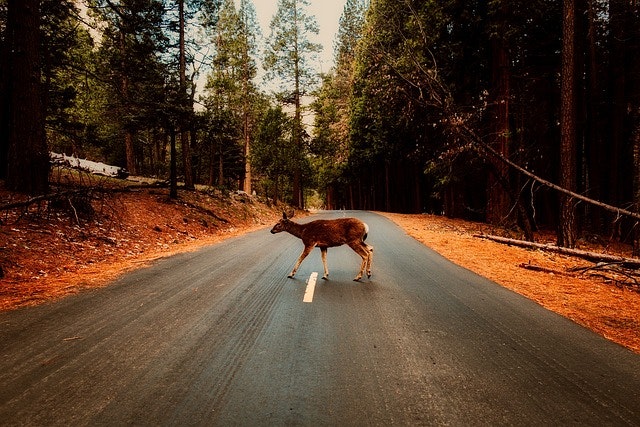
Staying Safe: Deer Collision Tips for Fall Driving
As the leaves change and the air grows crisp, fall's beauty might seem unparalleled. Yet, beneath this seasonal charm lies a hidden danger: deer-related accidents. With these incidents costing over $1 billion annually and reaching an average of $3,000 per repair, it's a costly consequence of an otherwise picturesque season. Thankfully, there are proactive steps you can take to minimize these risks, especially during the peak months of October to December.
Be Mindful of Peak Activity Hours
During this season, deer are most active in the afternoon, yet they're harder to see at dawn and dusk. Exercise extra caution when driving at these times, particularly on rural roads or in wooded areas.
Use Your High Beams Wisely
When driving at night, utilize your high beams if there's no oncoming traffic. This can help you spot a deer's reflective eyes from further away, granting you additional time to react.
Look for More Than One
Spotting a deer crossing the road should prompt you to slow down and remain vigilant. Deer often travel in groups, so others might follow closely behind.
Know When Not to Swerve
If a deer unexpectedly emerges in your path, brake firmly but strive to stay in your lane. Swerving can lead to more significant accidents with other vehicles, trees, or guardrails.
Heed the Signs
Deer crossing signs aren't mere formalities—they're placed in high-traffic areas where deer frequently move across the road. Reducing speed in these zones offers more time to react.
Use Your Seat Belt
Wearing your seat belt greatly reduces the risk of severe injury in the event of a collision.
If a Collision Occurs, Take Proper Steps
Move your vehicle to a safe place and activate your hazard lights. Call the police, avoid approaching the animal, and contact your insurance provider to report the incident.
While deer collisions become a noteworthy hazard each fall, by staying vigilant and prepared, they can be significantly reduced. Treat every rural road or wooded stretch as a potential risk zone. If you have any questions about your auto insurance coverage, especially concerning deer-related accidents, don't hesitate to reach out to our office.
